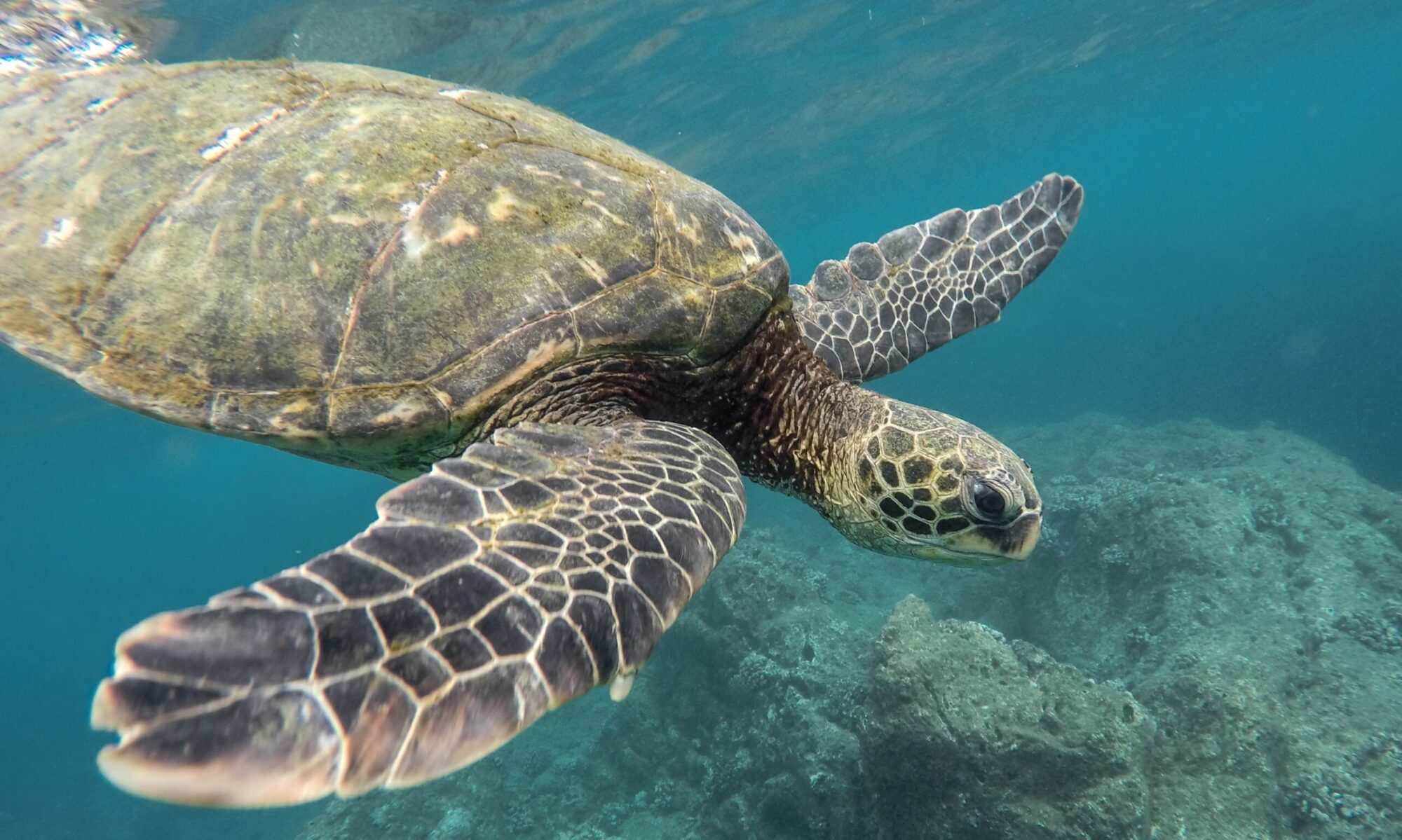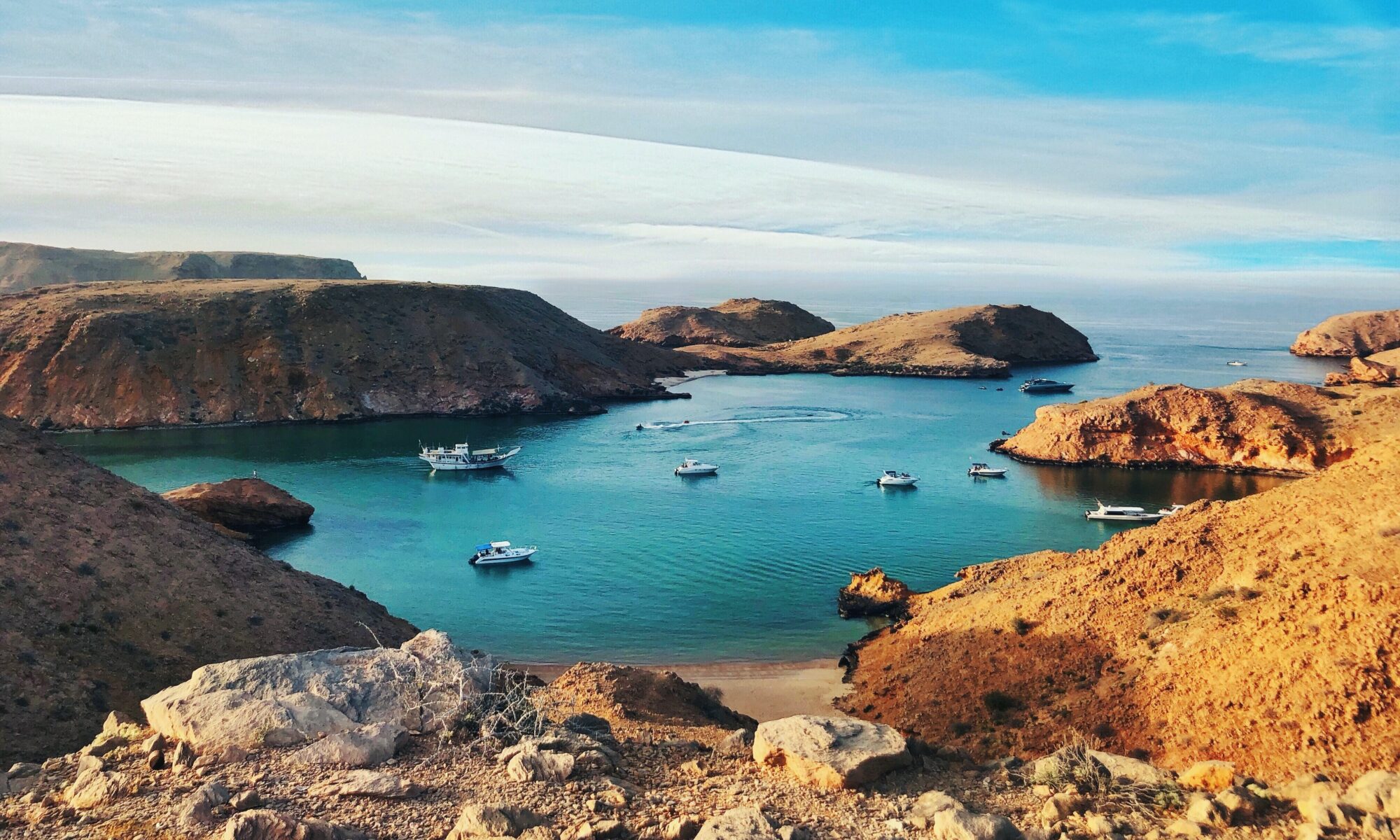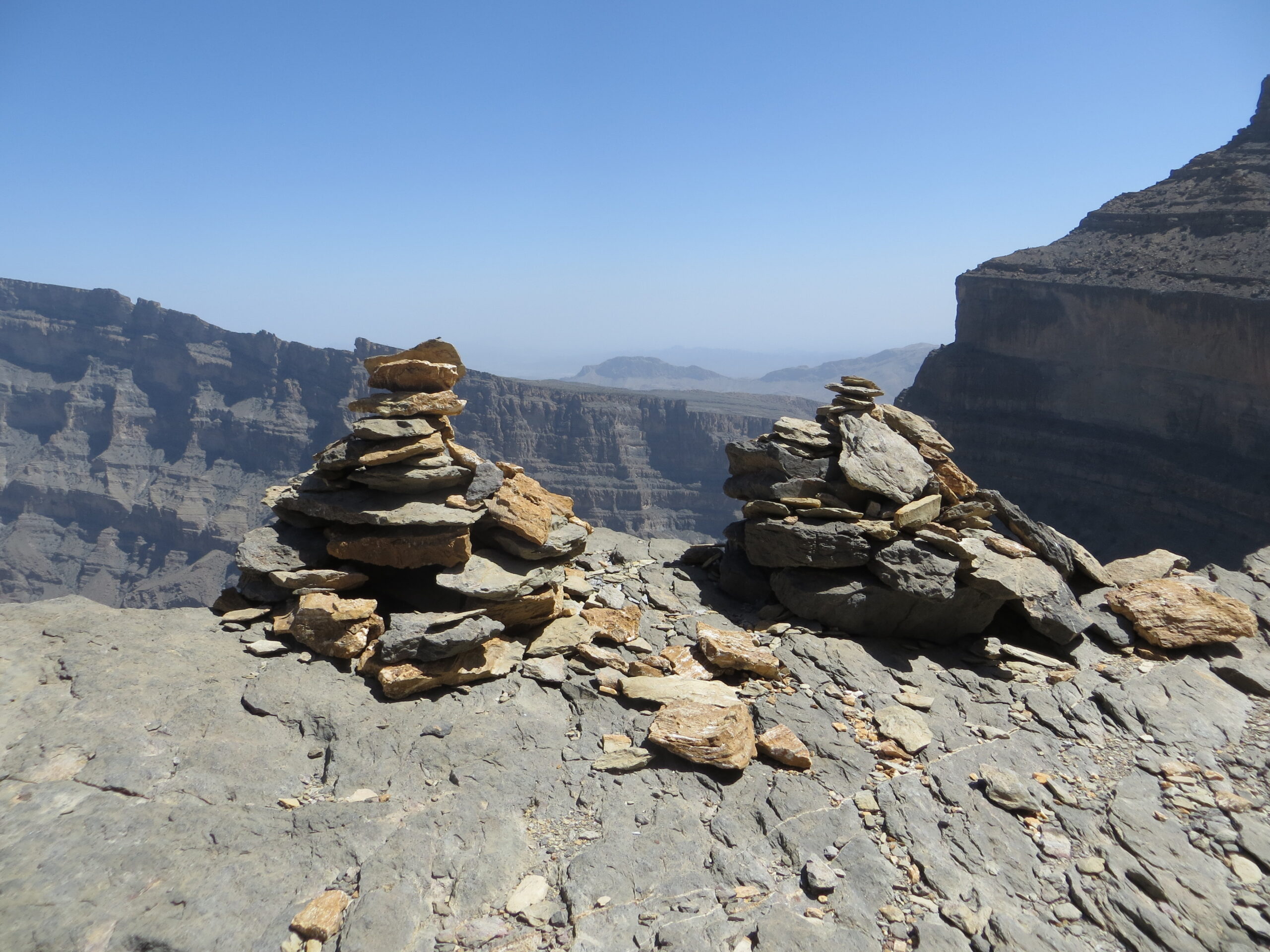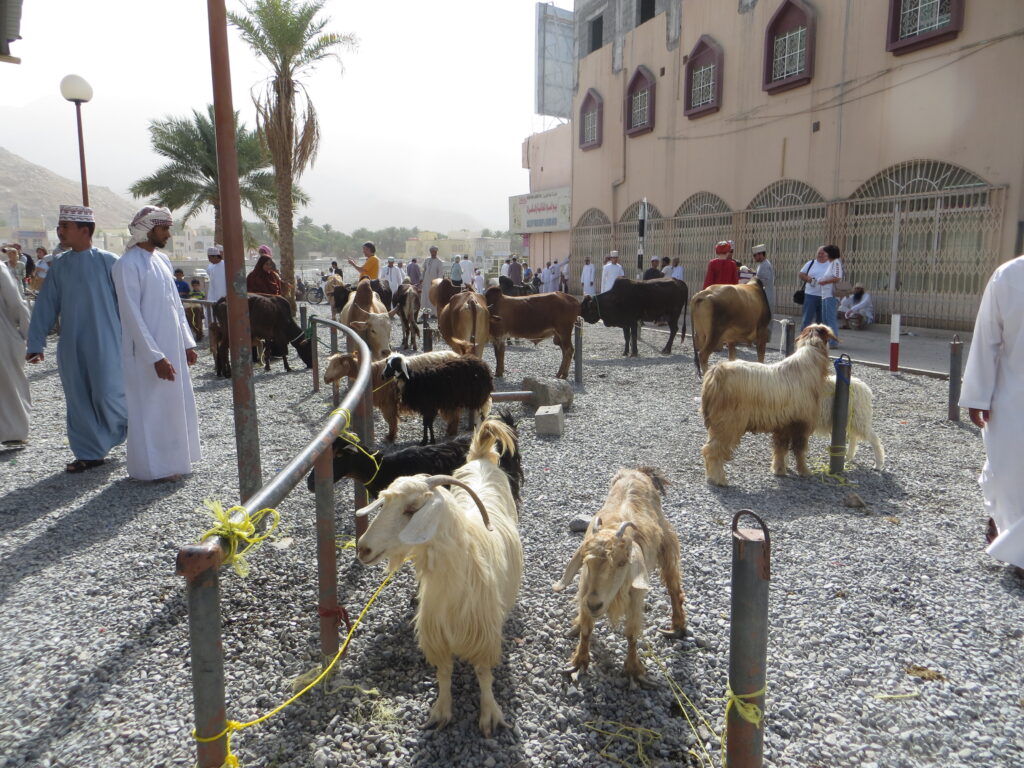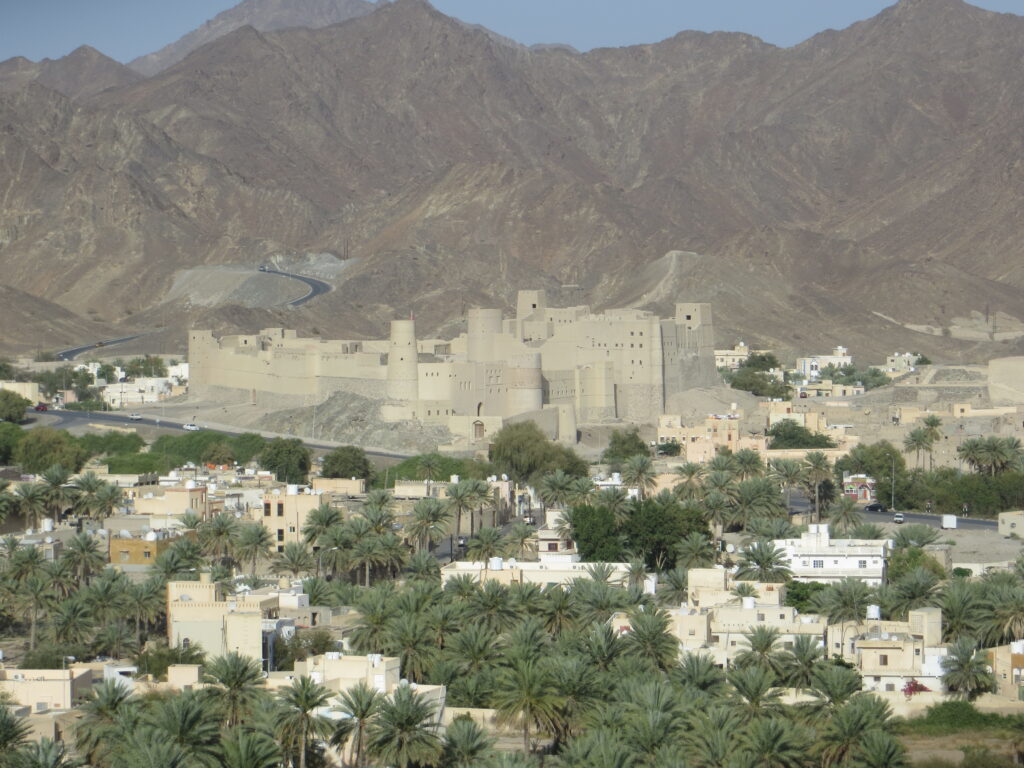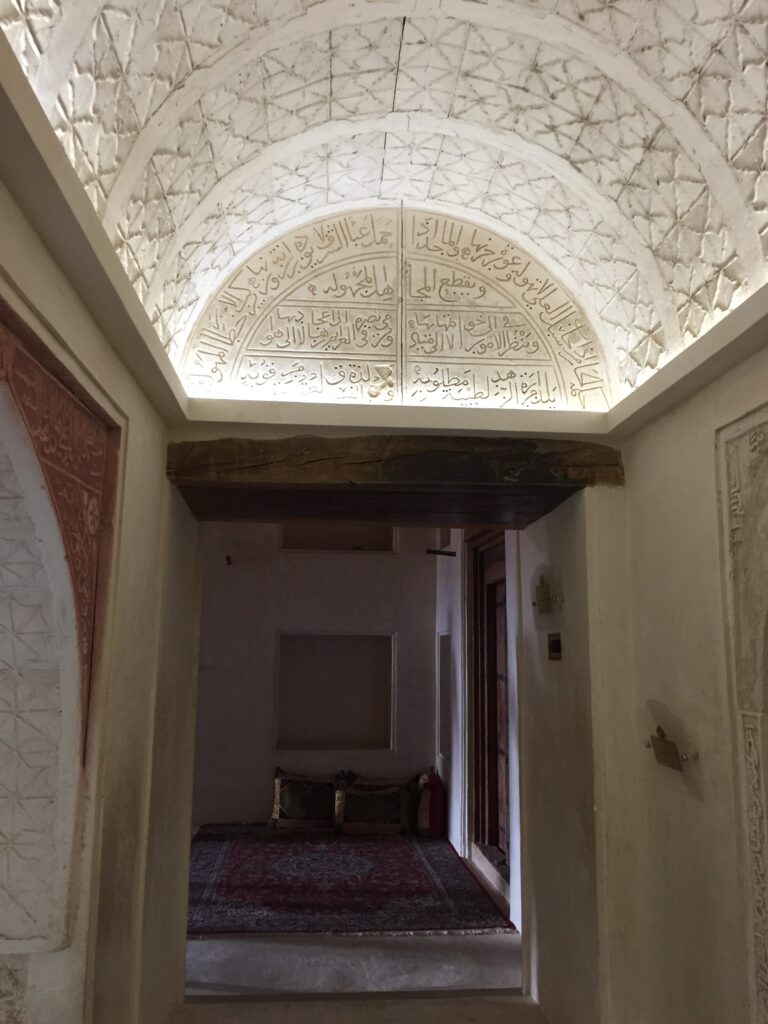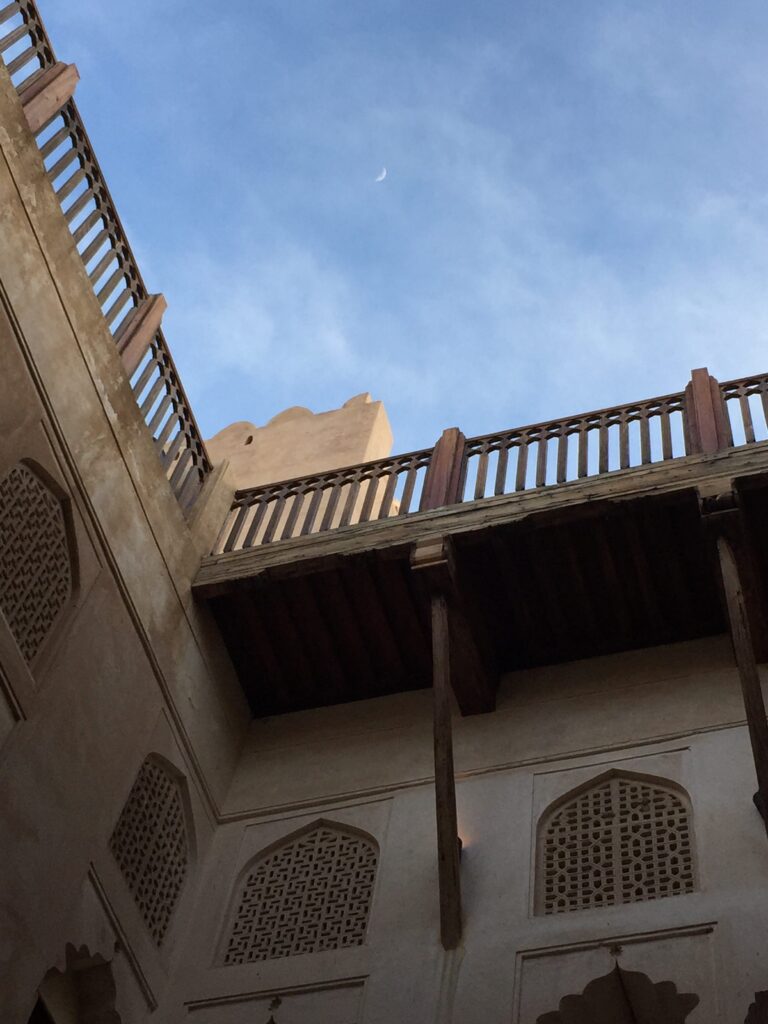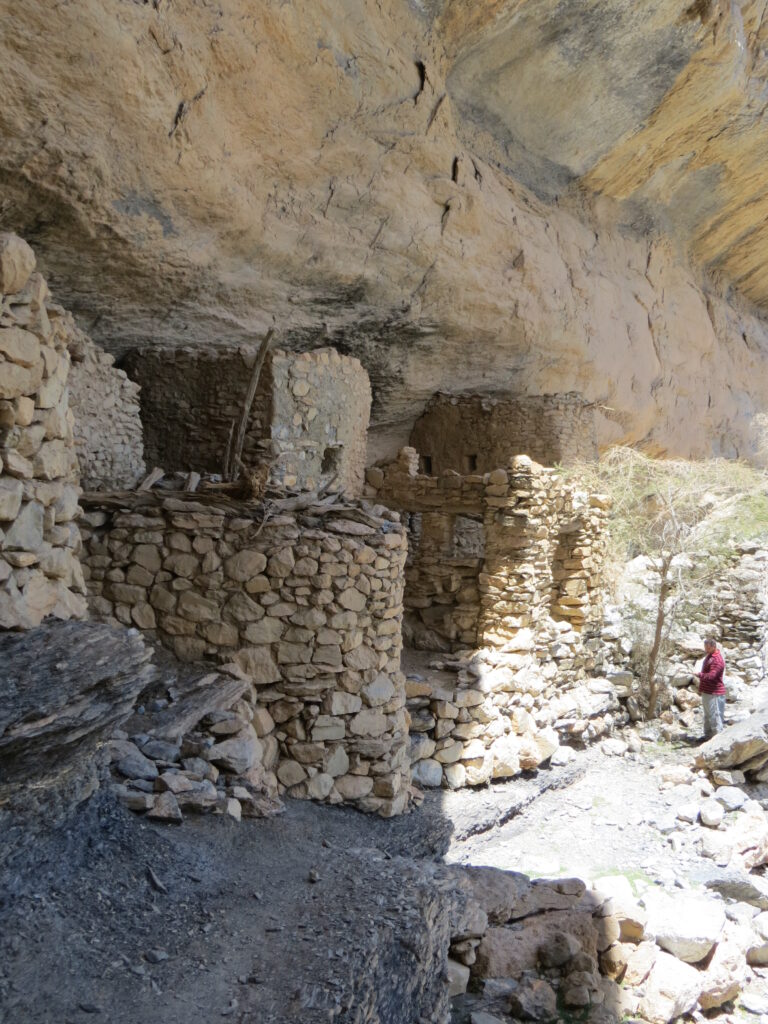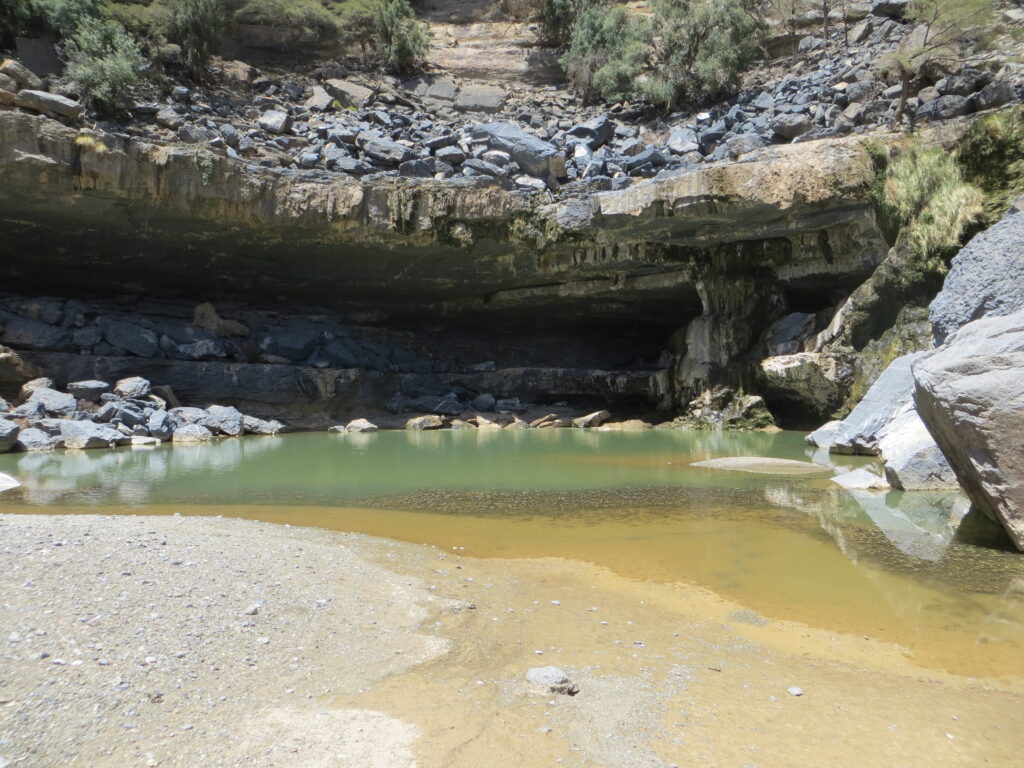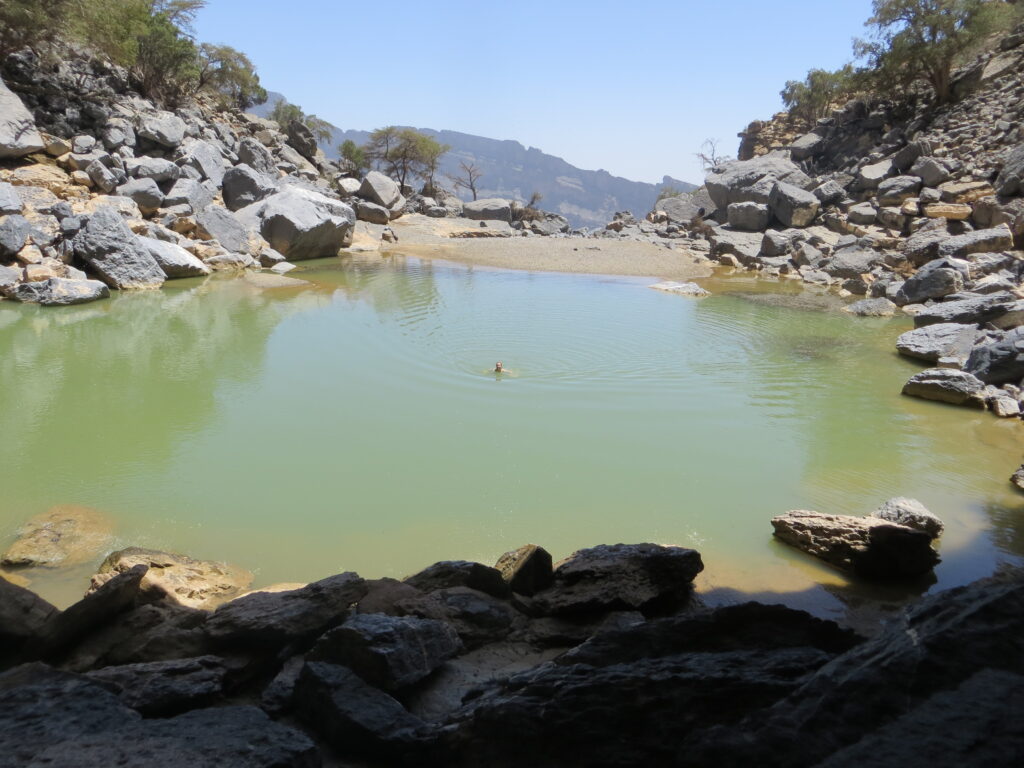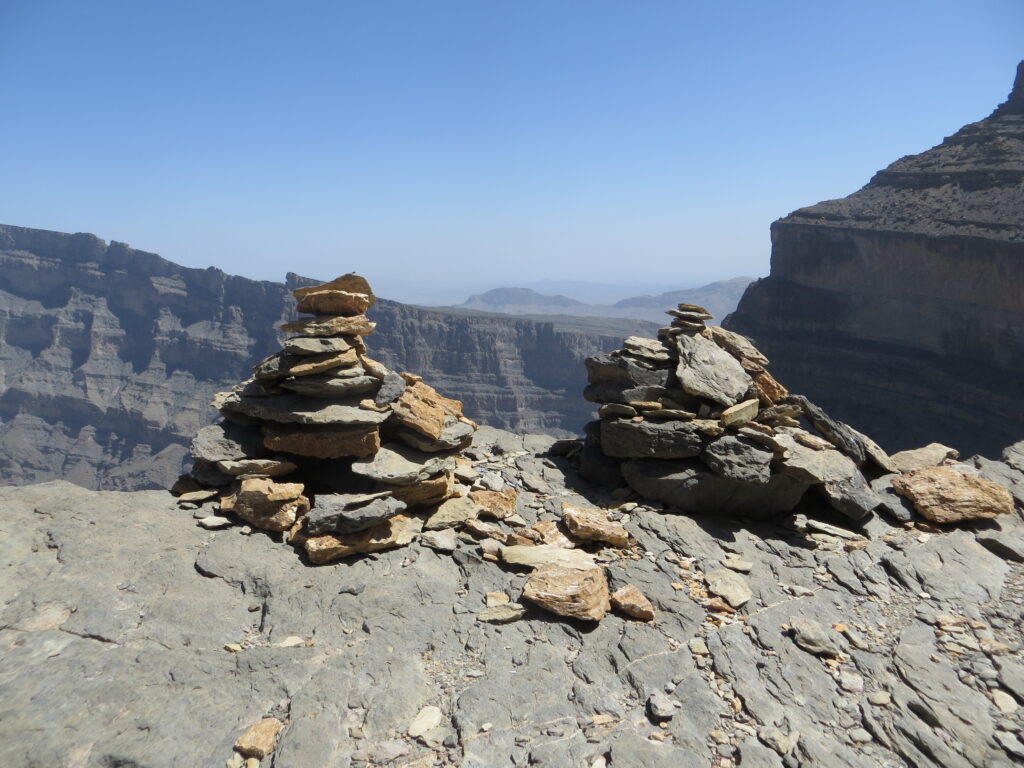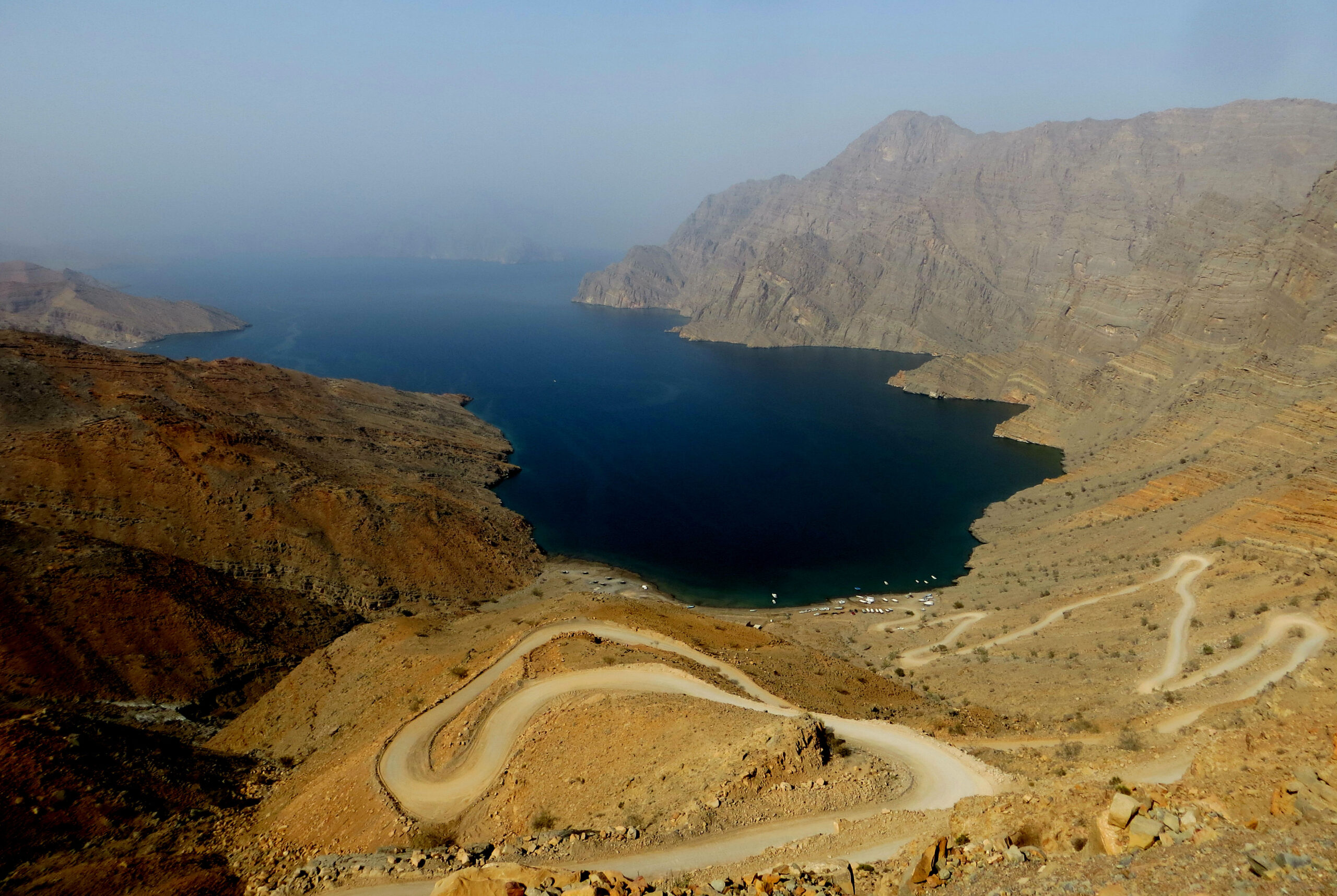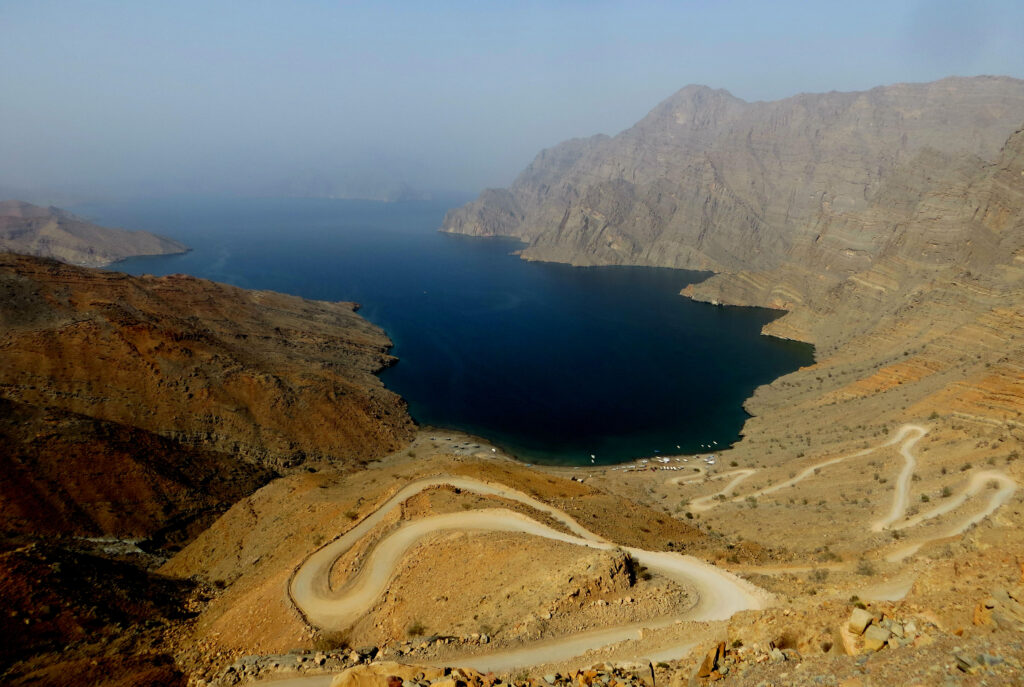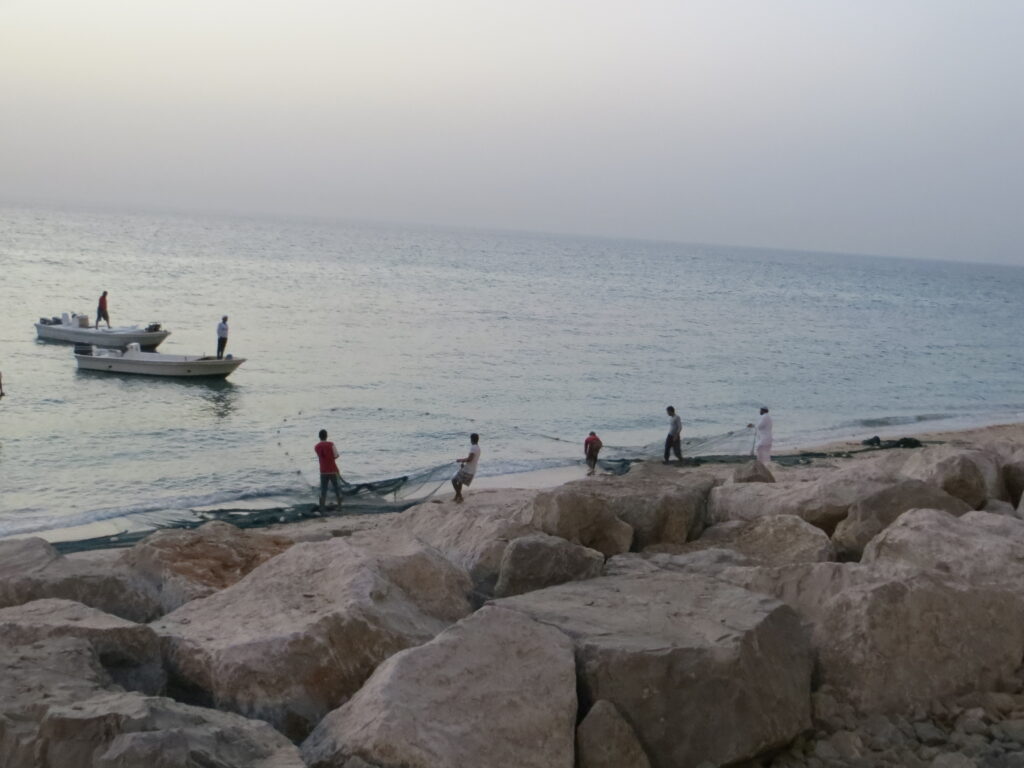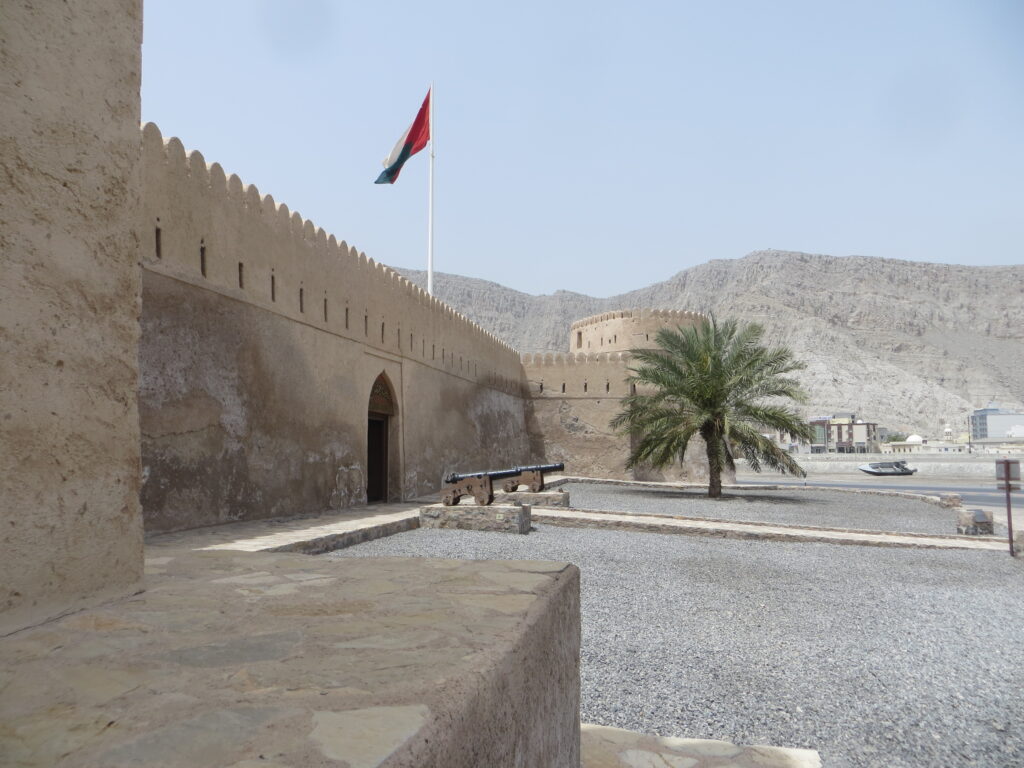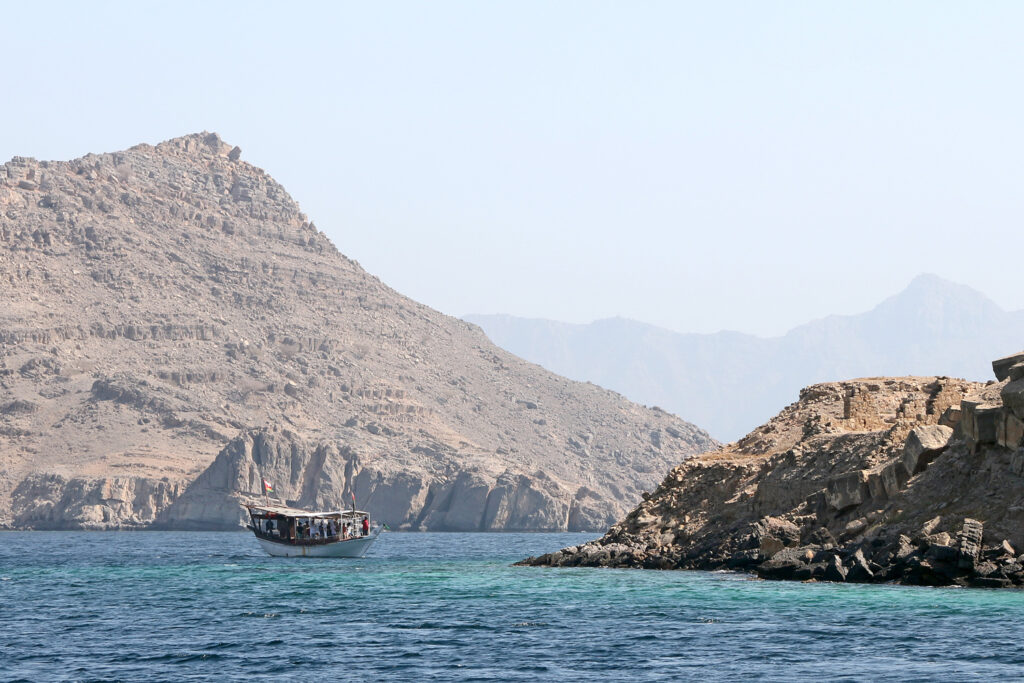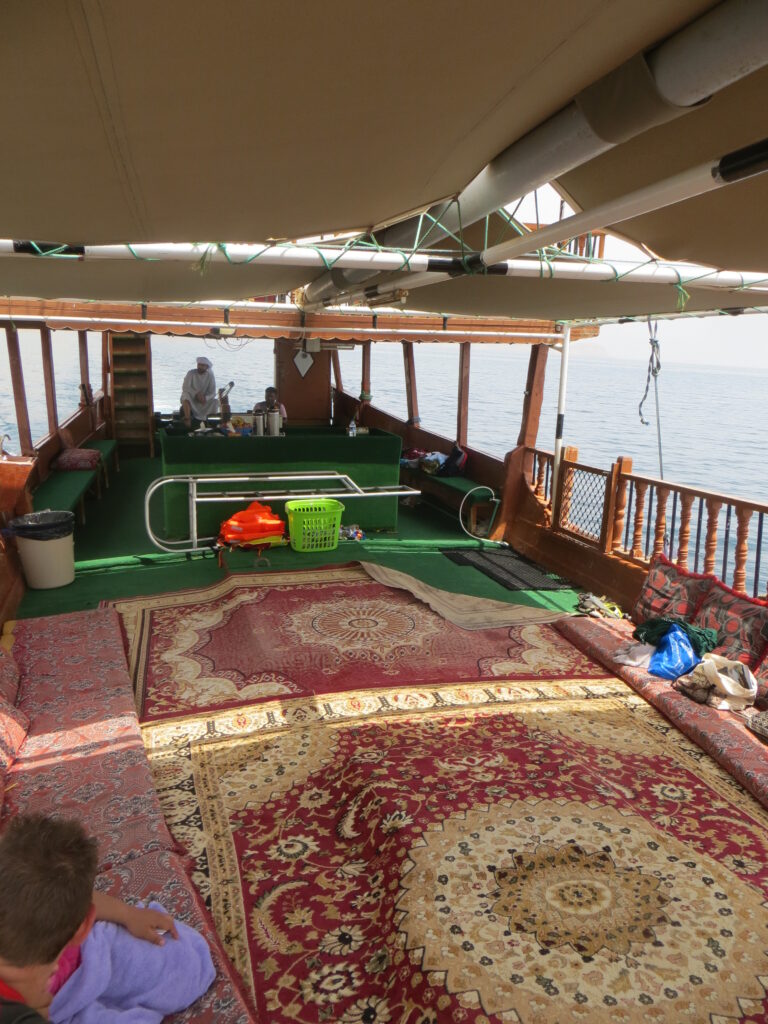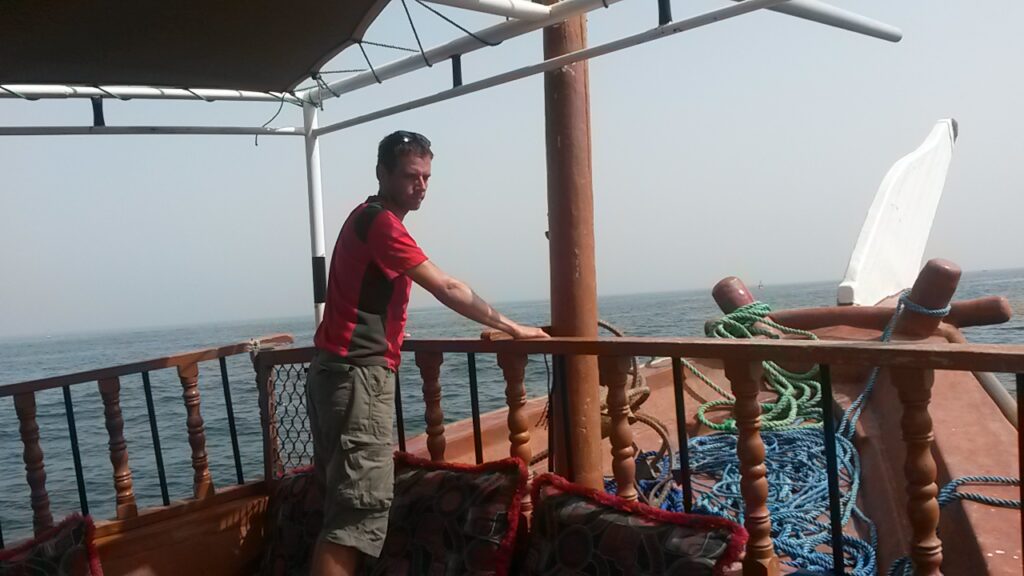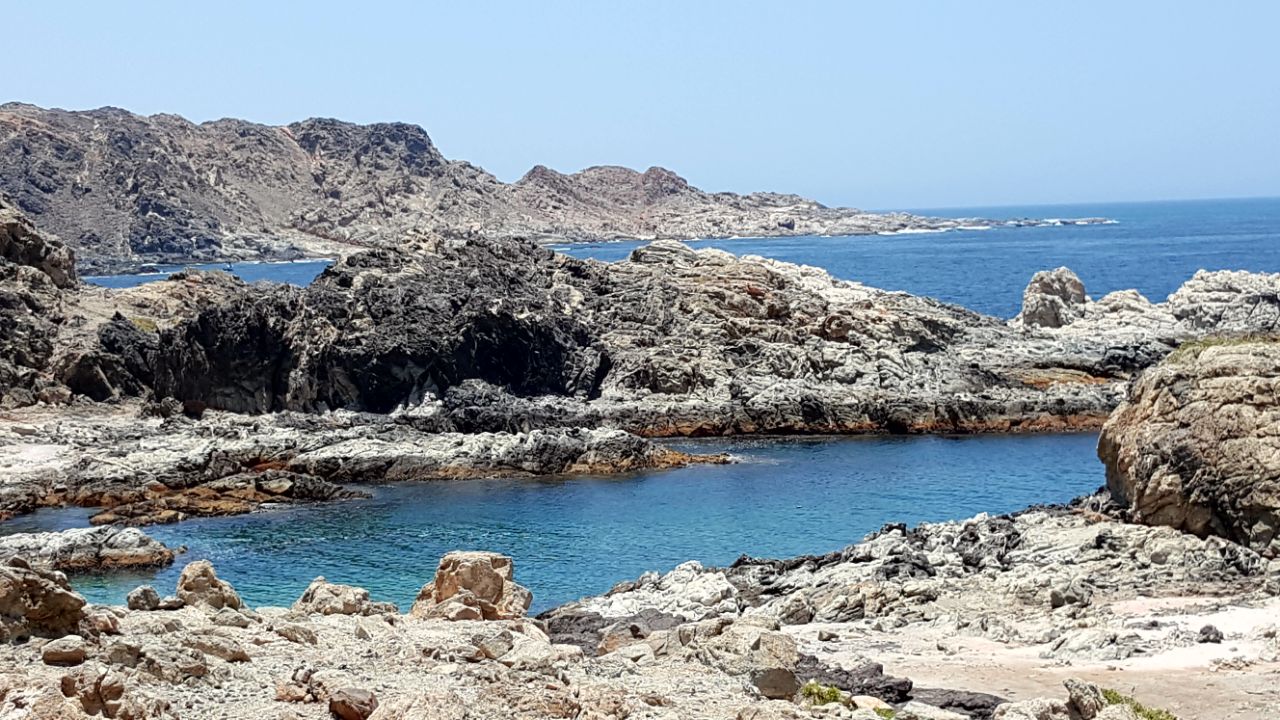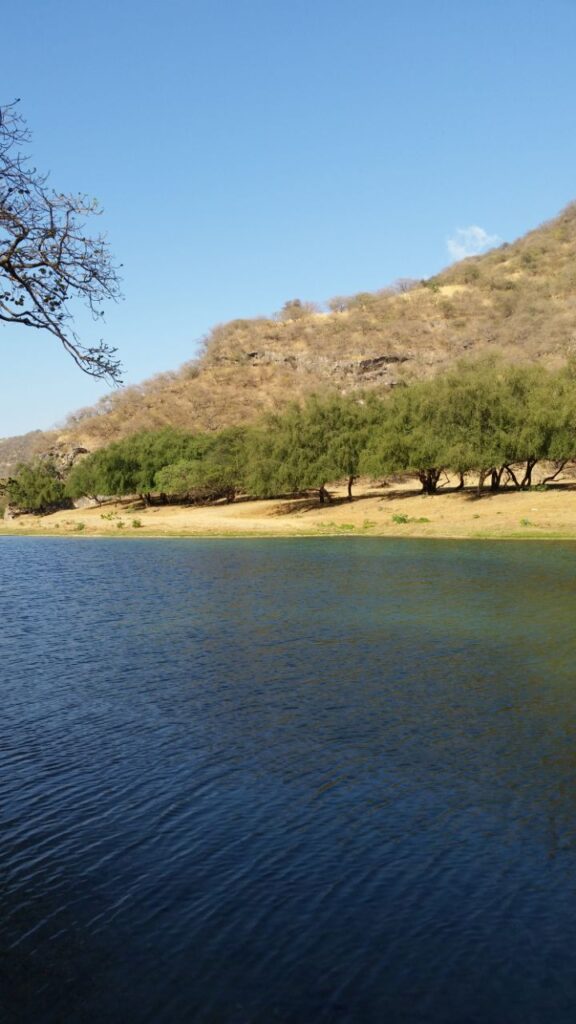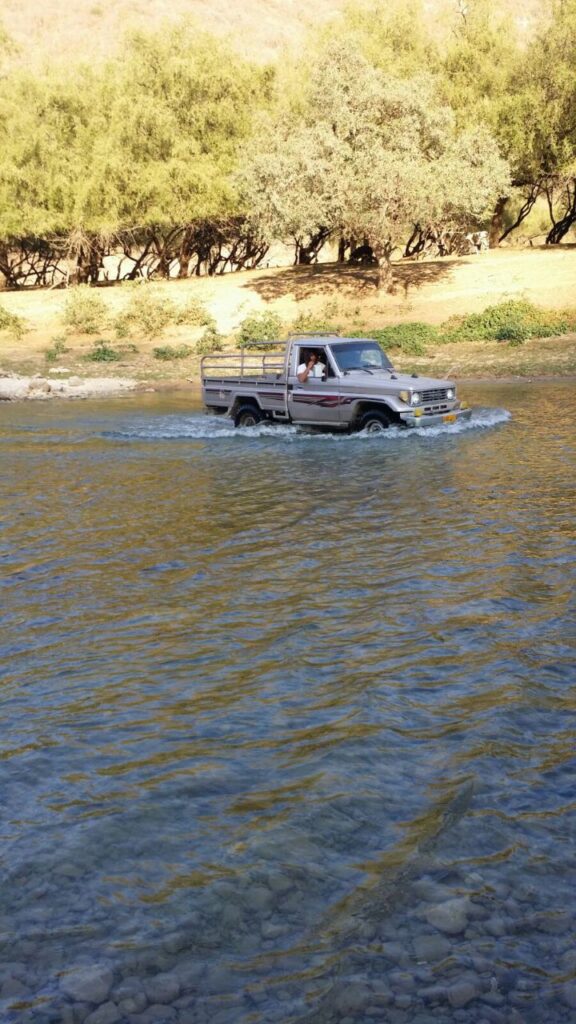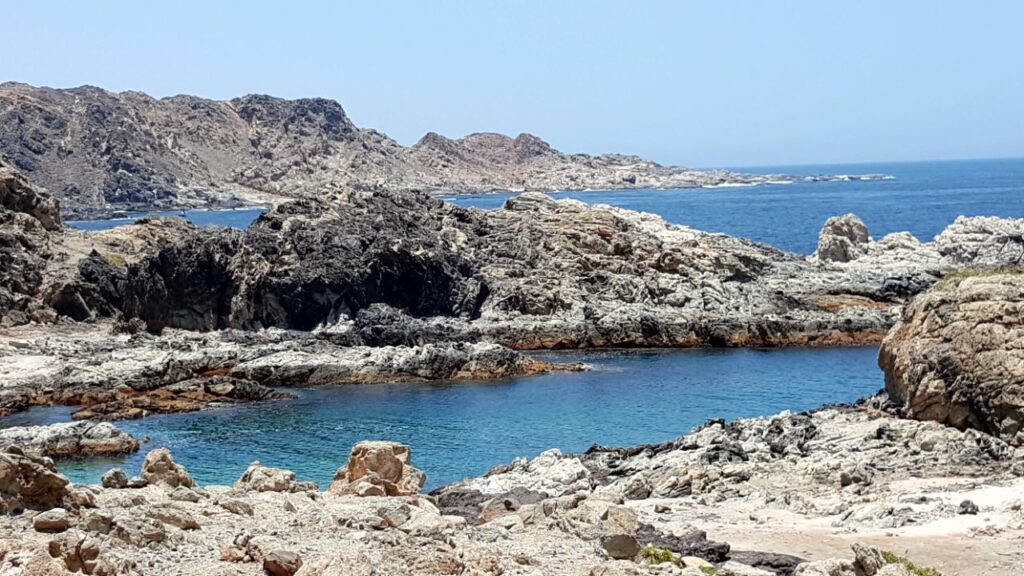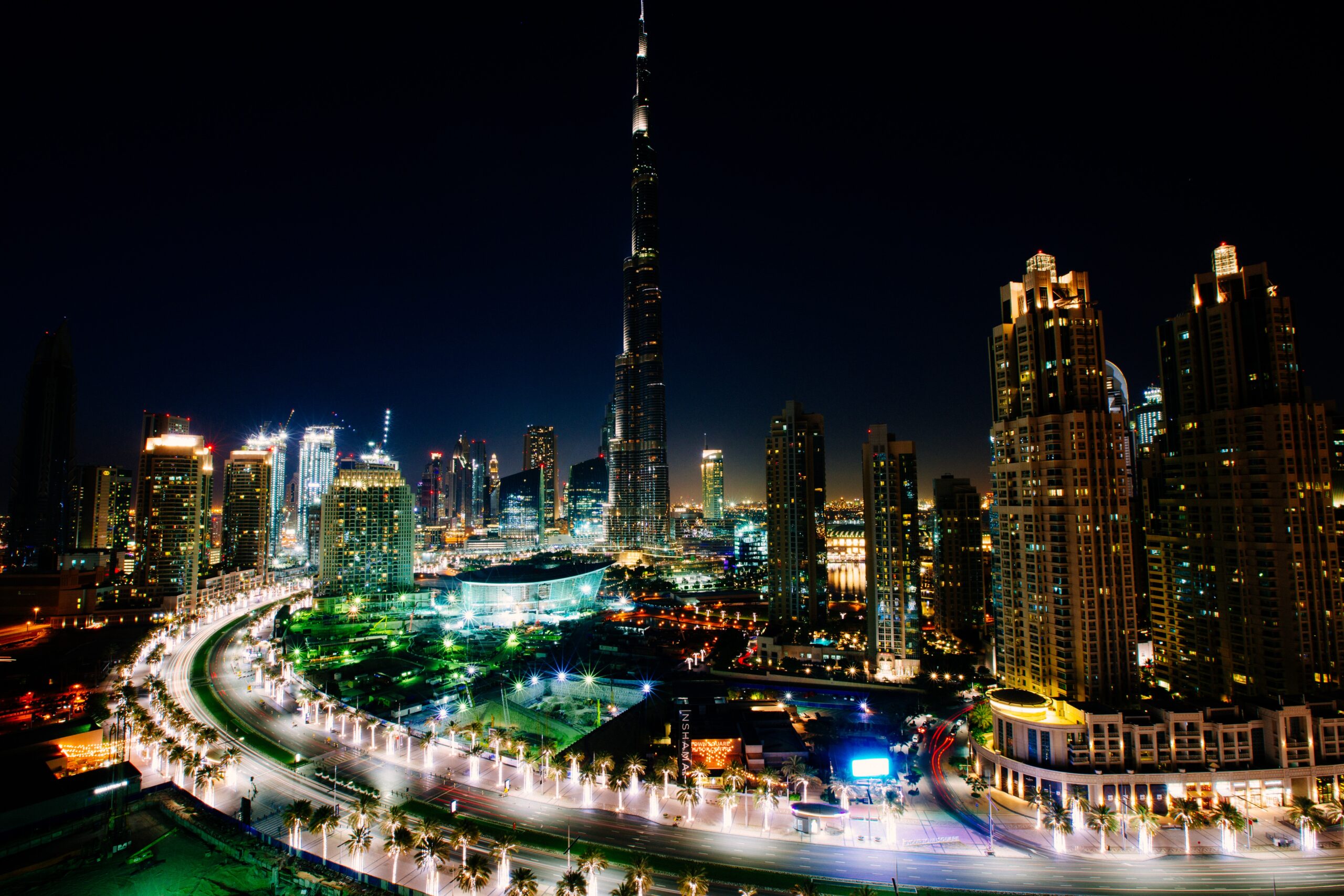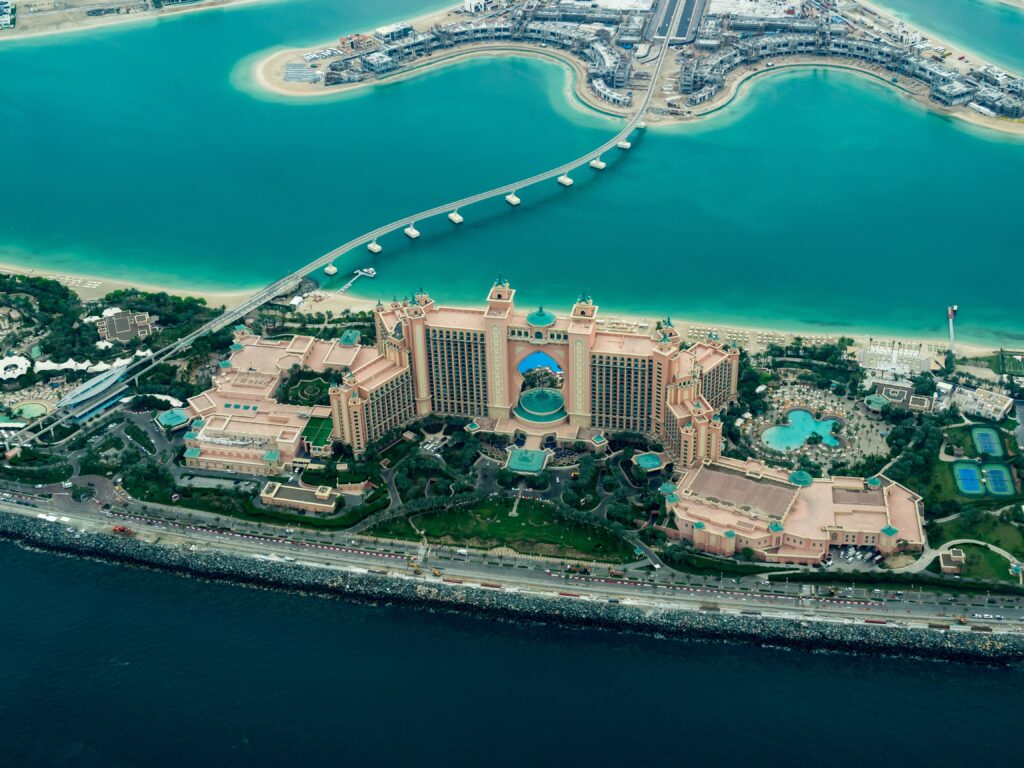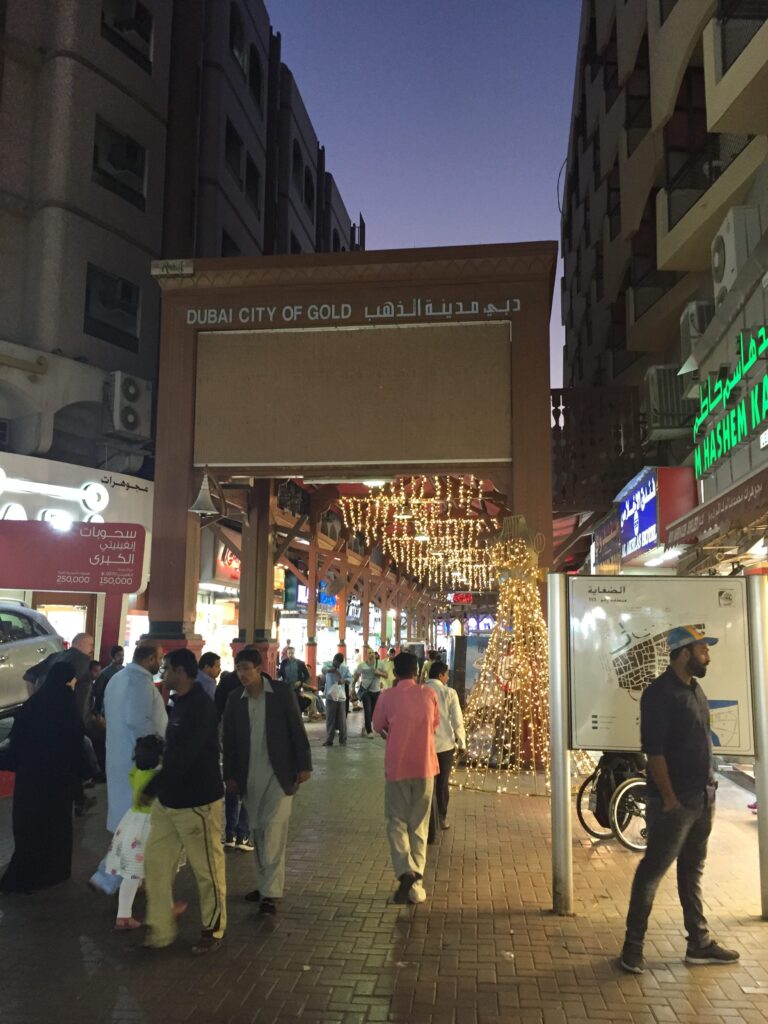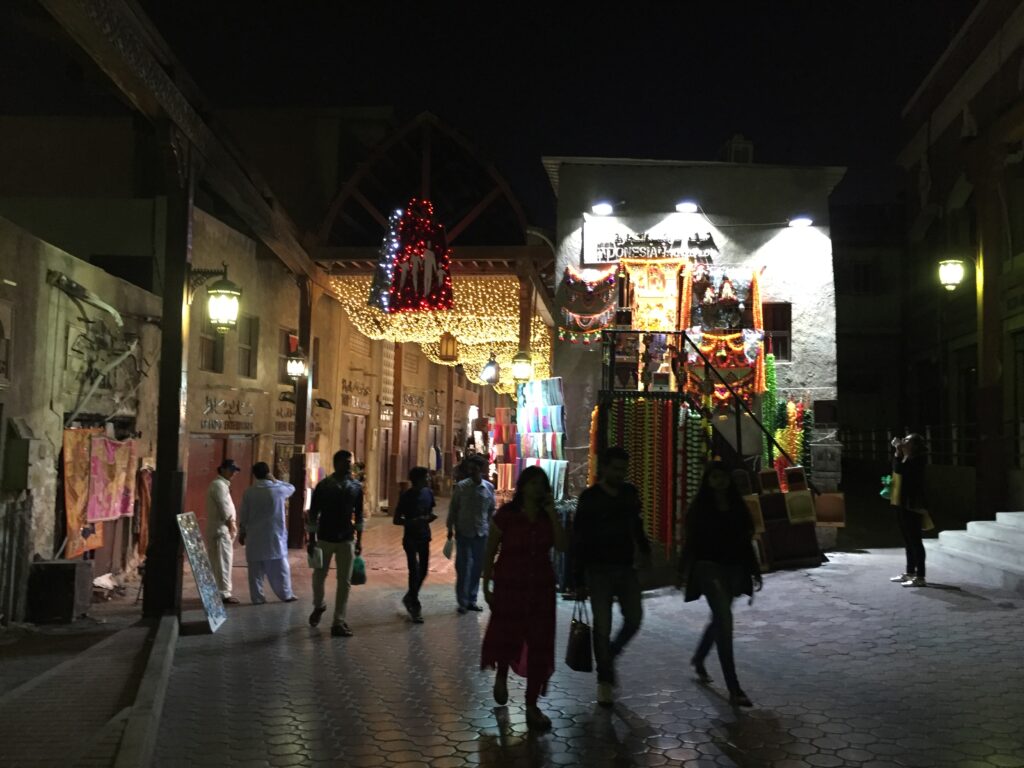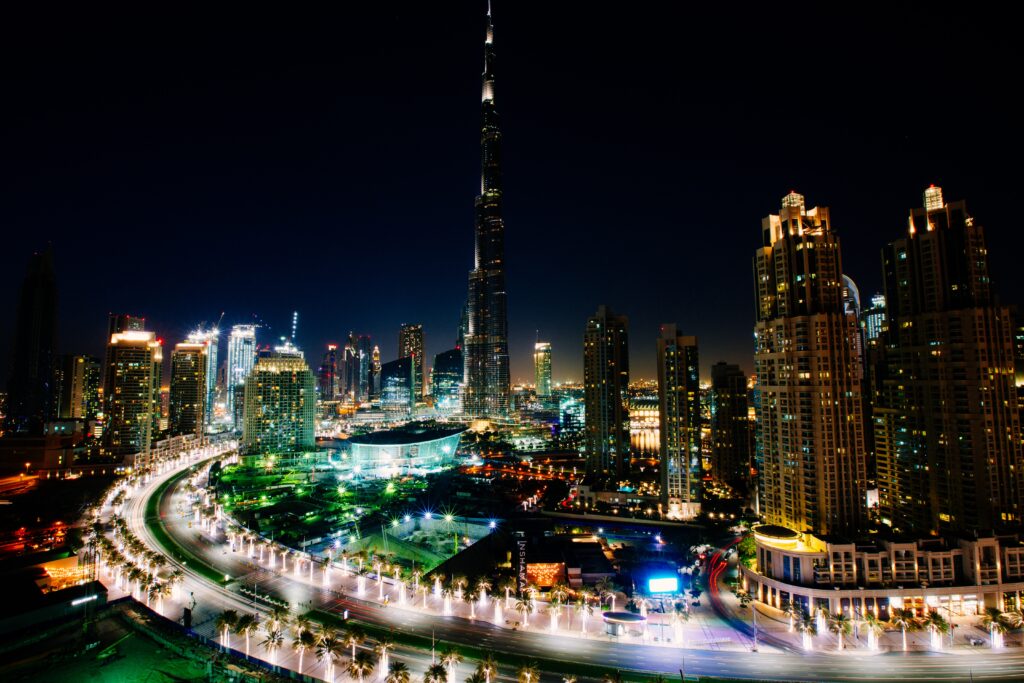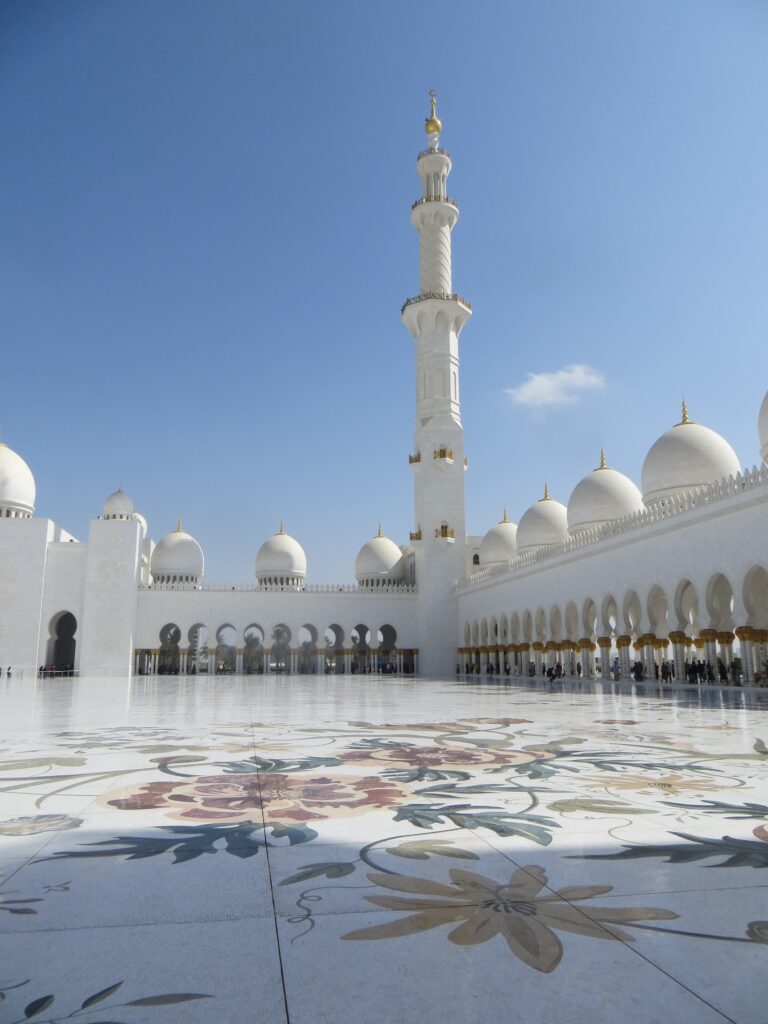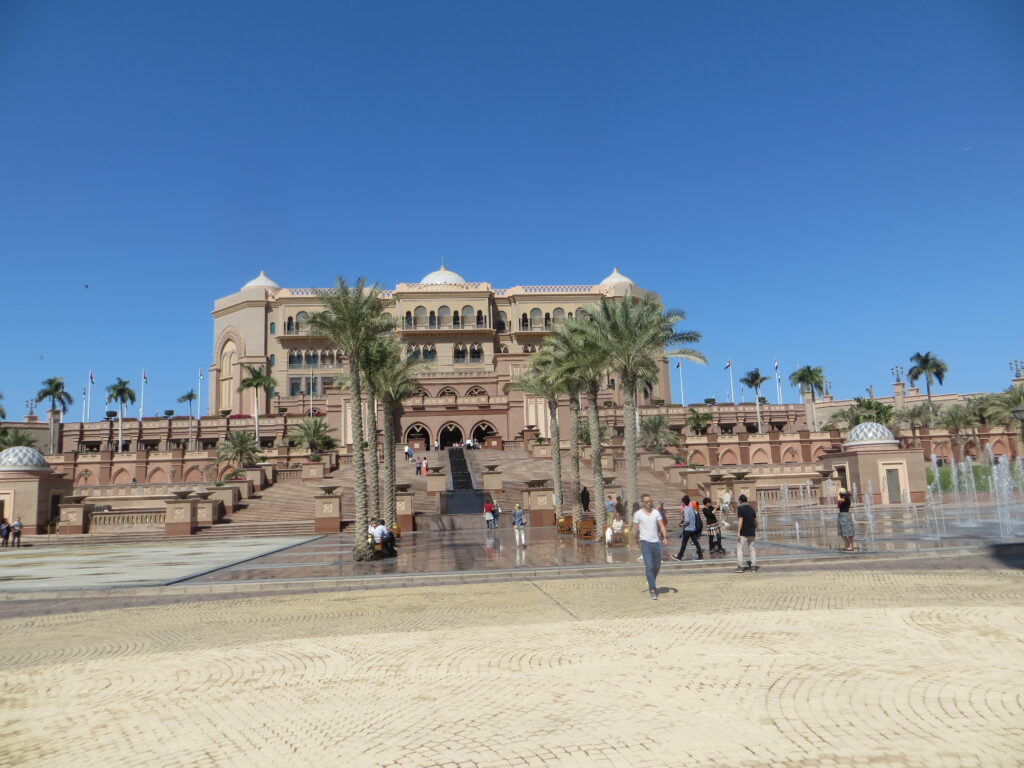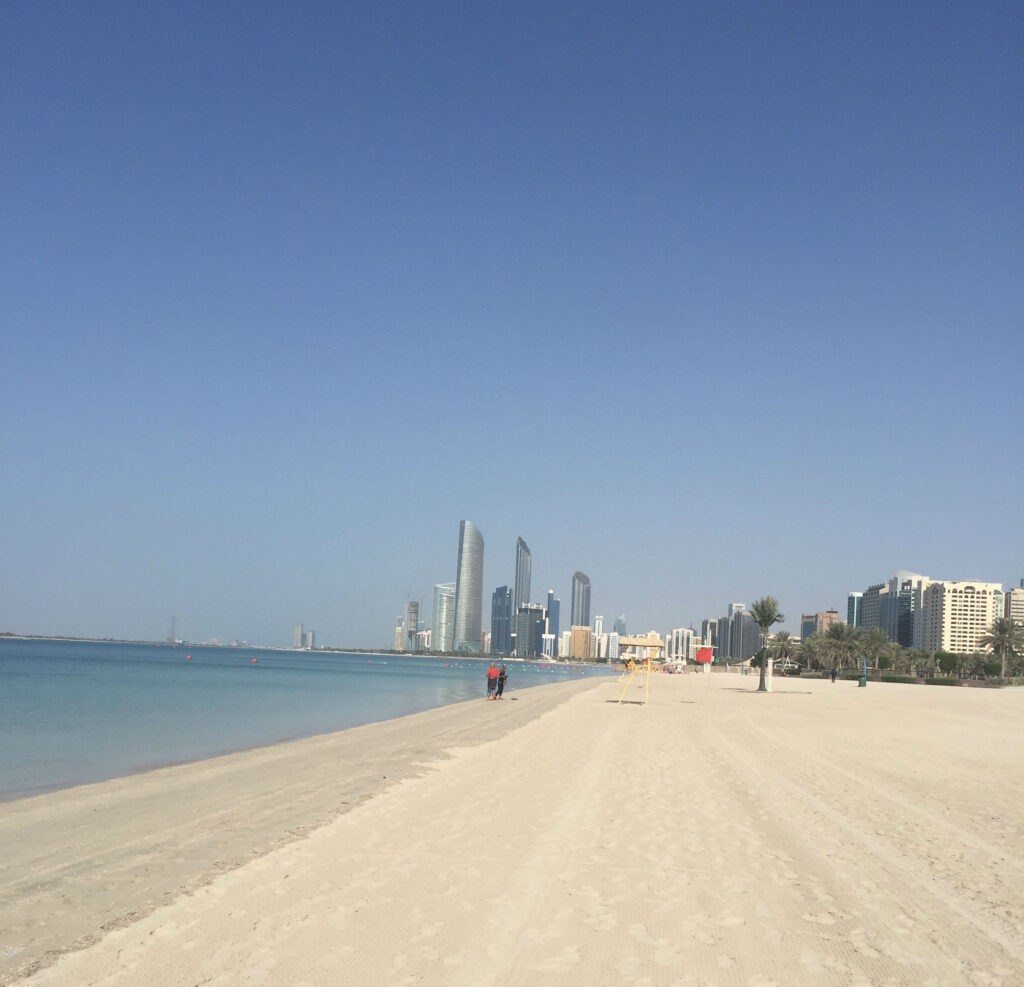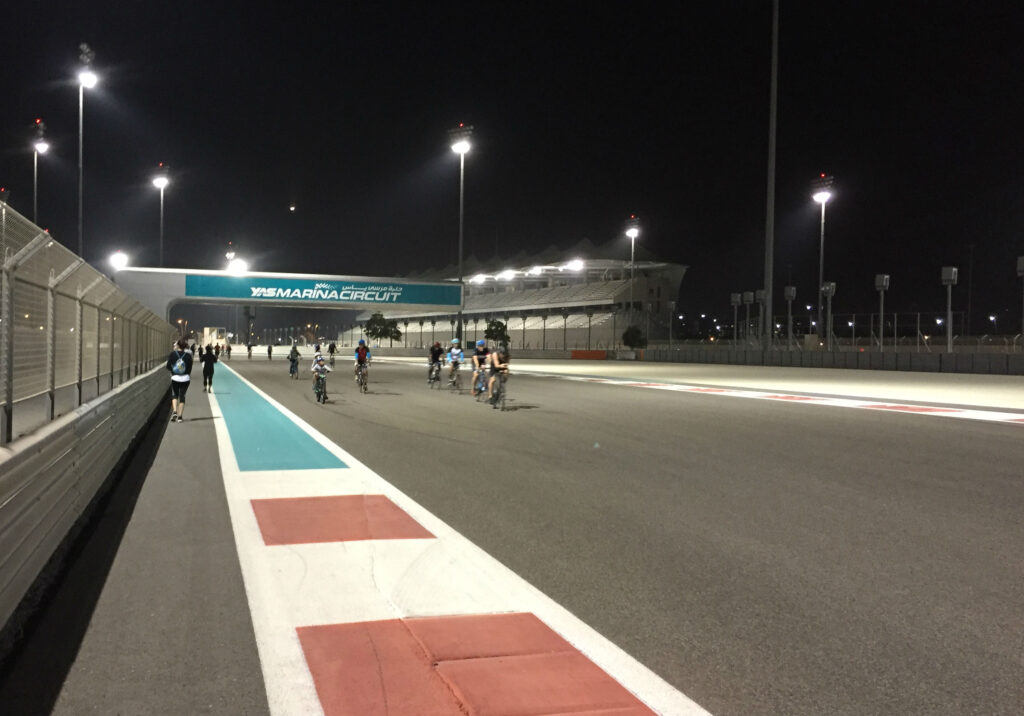Your guide will meet you at your hotel in Muscat and your trip will start with a visit to Nizwa which is famous for it’s fort which has a huge cylindrical tower. It was built in the 17th century to defend the city’s position on a major trade route. You will also be able to visit the souk which is lined with handicraft stalls, spices and silversmiths working in small shops. On Fridays Nizwa comes to life for the weekly livestock market where farmers and traders arrive from as far afield as Salalah with their animals to barter and trade at one of the finest traditional markets in the Middle East.
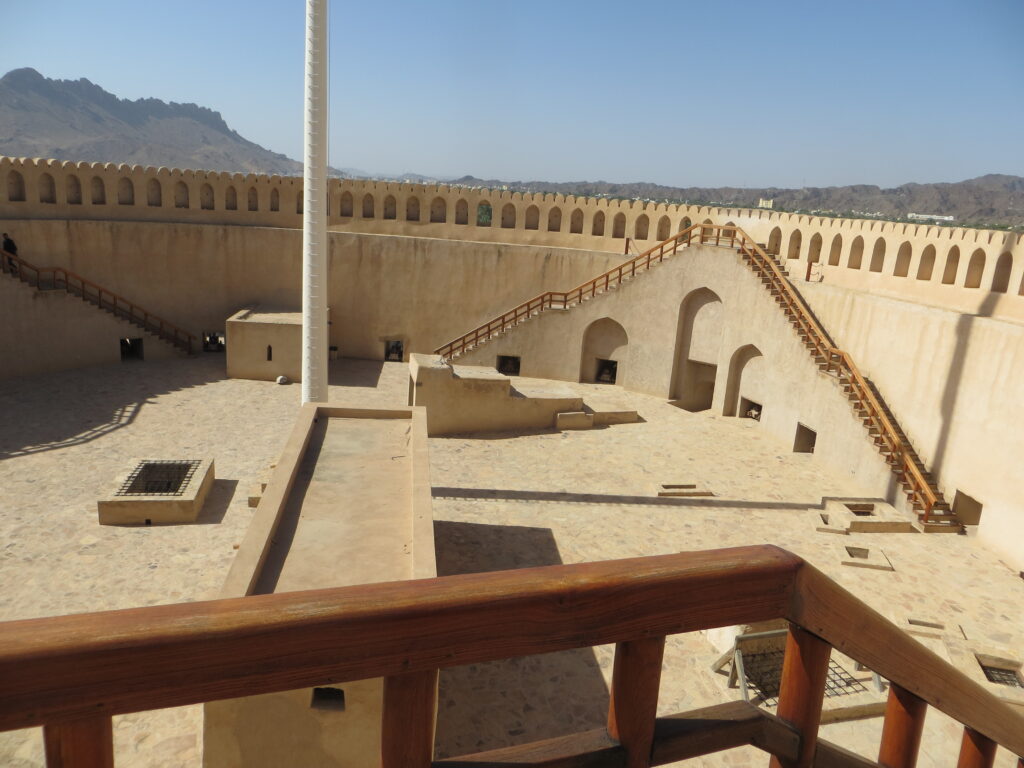
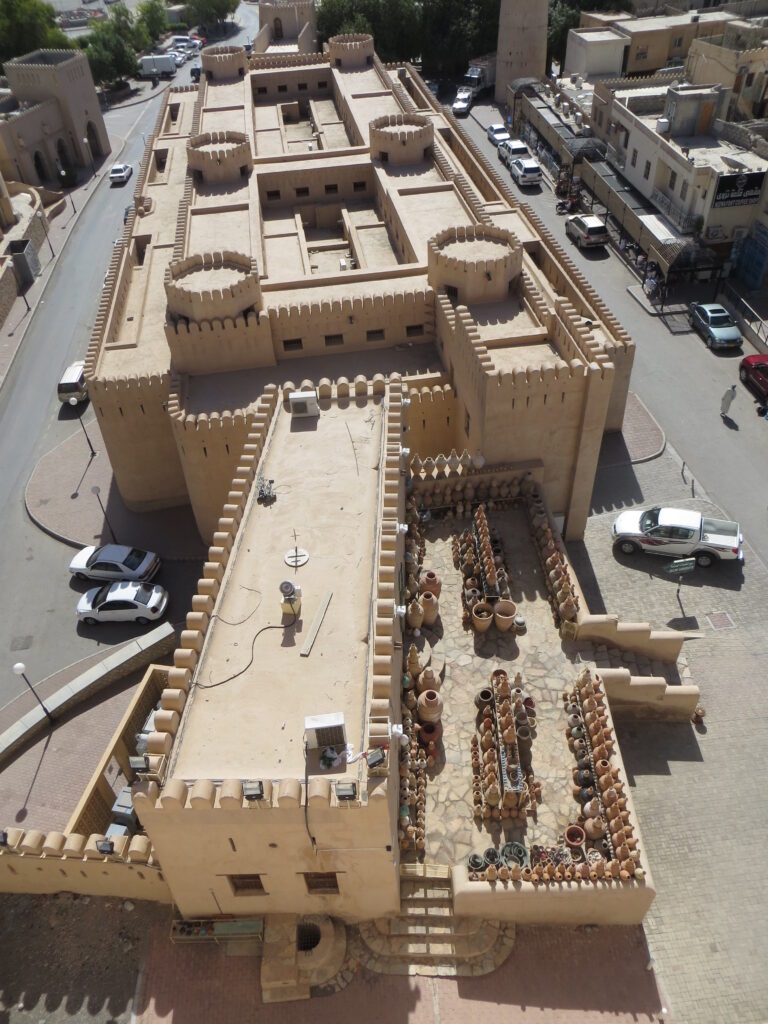
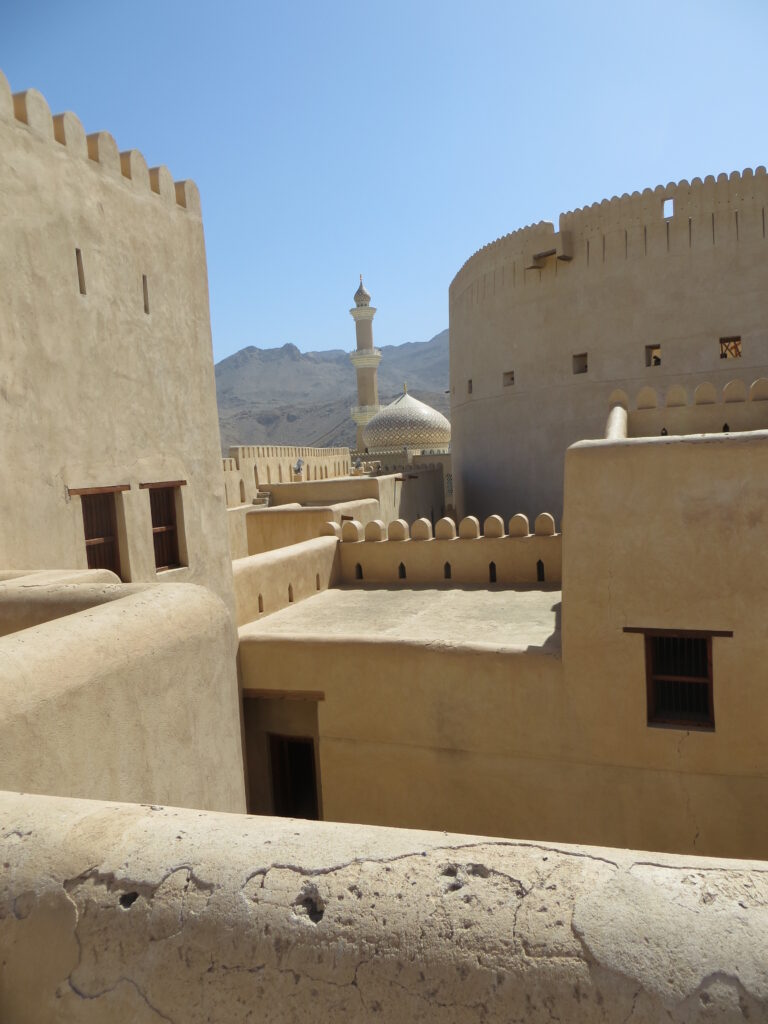
You guide will then start the drive to Wahiba Sands, first taking a short detour to the almost abandoned villages at Birkat Al Mouz which cling to the side of the mountain at the entrance to Wadi Muaydin. Here you will be able to wander among the banana and date plantations and explore the falaj system, abandoned streets and buildings. On a hot day the shade can be a welcome relief!
You will then experience an exhilerating drive through the desert to your camp in Wahiba Sands. You will have the opportunity to walk in the dunes and then drive up into them after sunset to gaze in wonder at the countless stars that can be seen away from the light pollution of modern life. In the morning there will be time to go for a camel ride if you choose.
After breakfast you will be able to visit a traditional Bedouin house and museum where you can see how these desert people have lived for centuries.
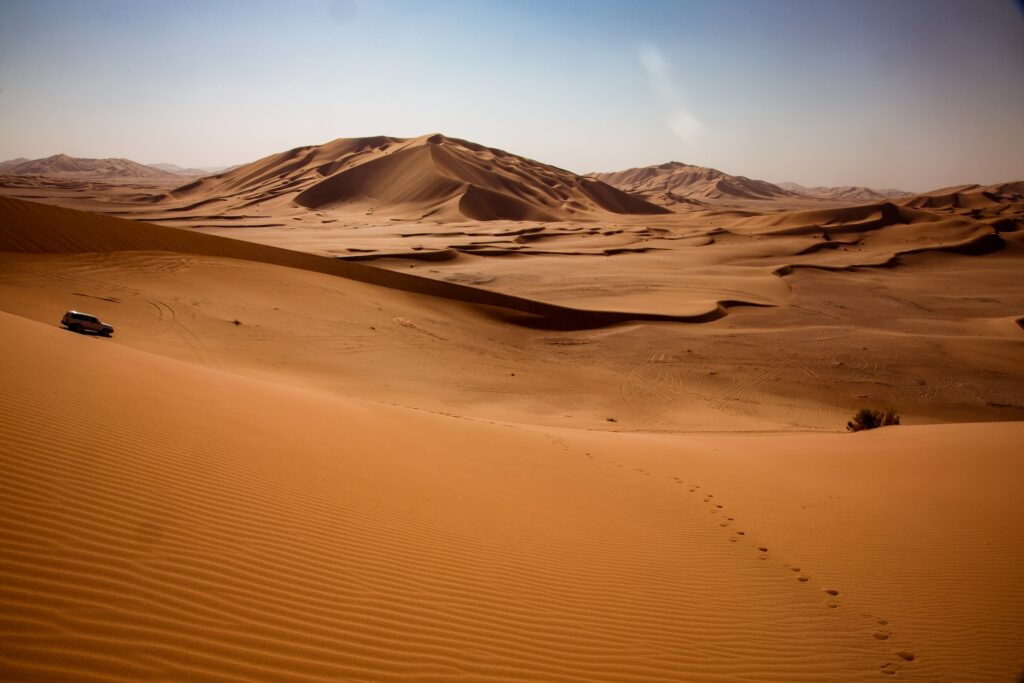
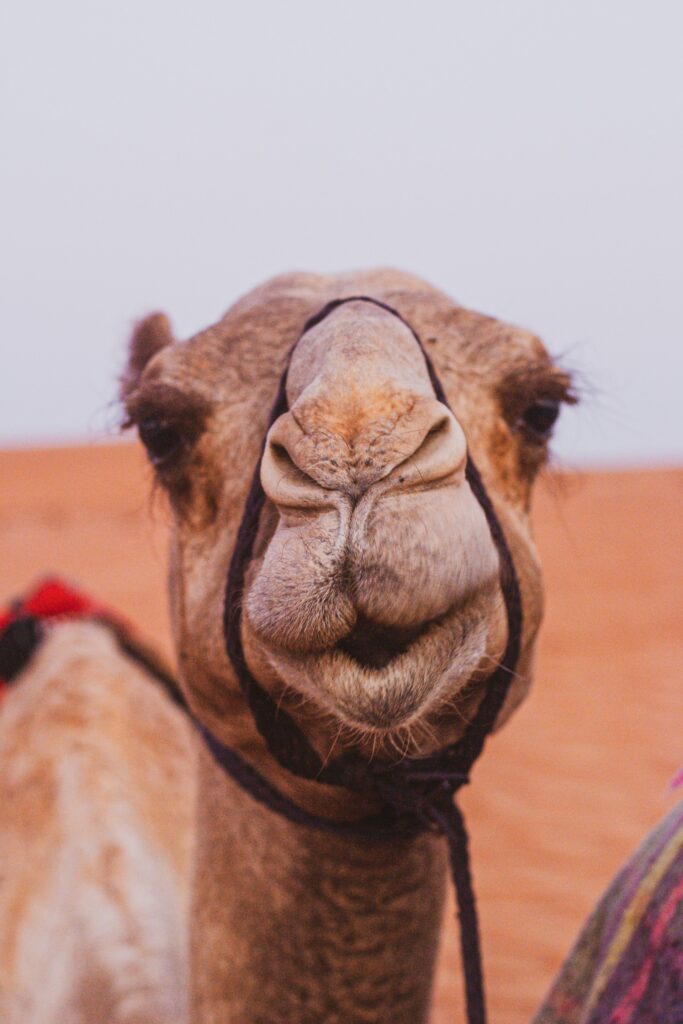
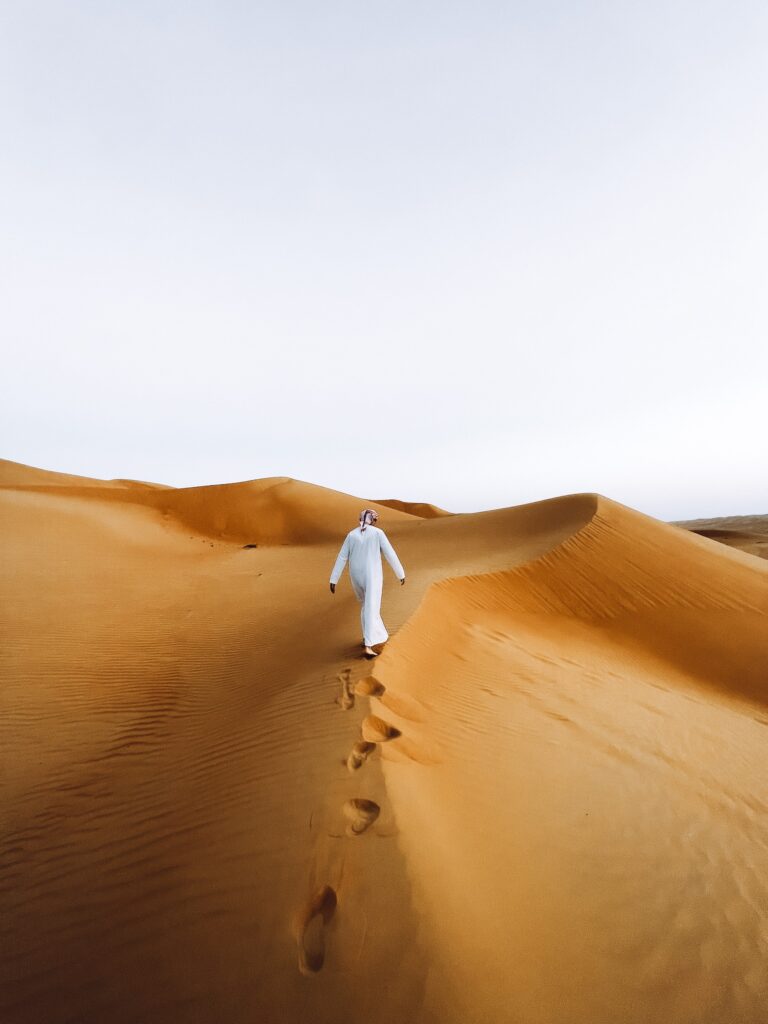
Your guide will then make the return journey through the desert to either Wadi Bani Khalid where you can swim in the refreshing pools or you can return to Muscat via the coastal road; Wadi Shab, Fins Beach and Bimmah sinkhole.
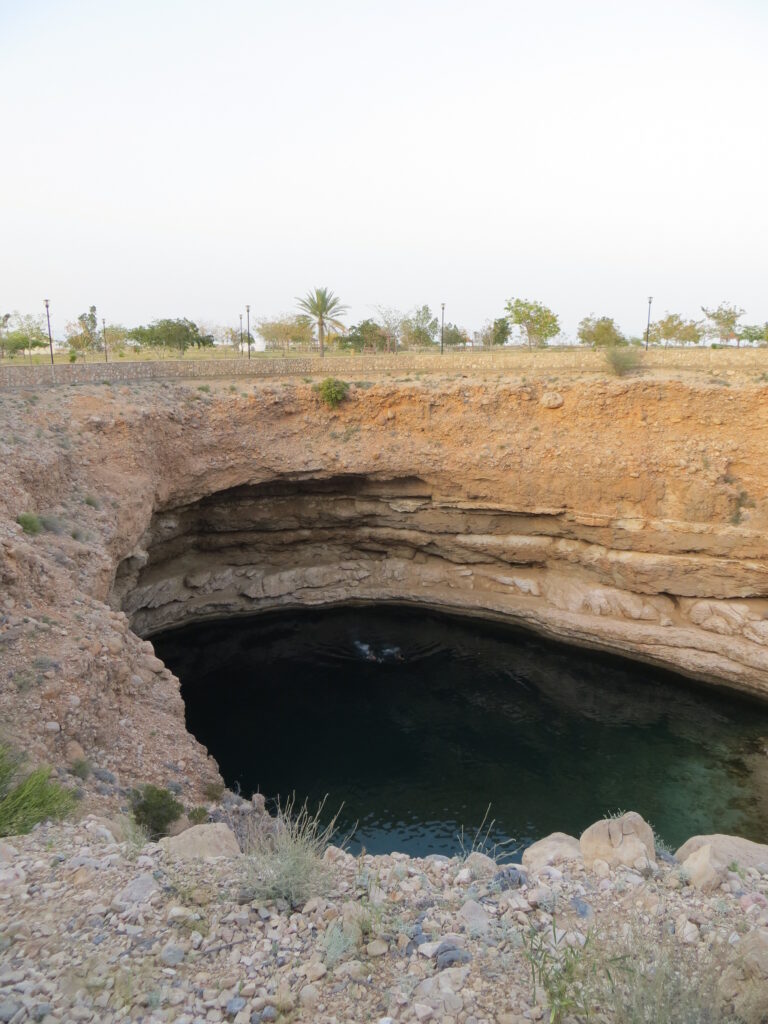
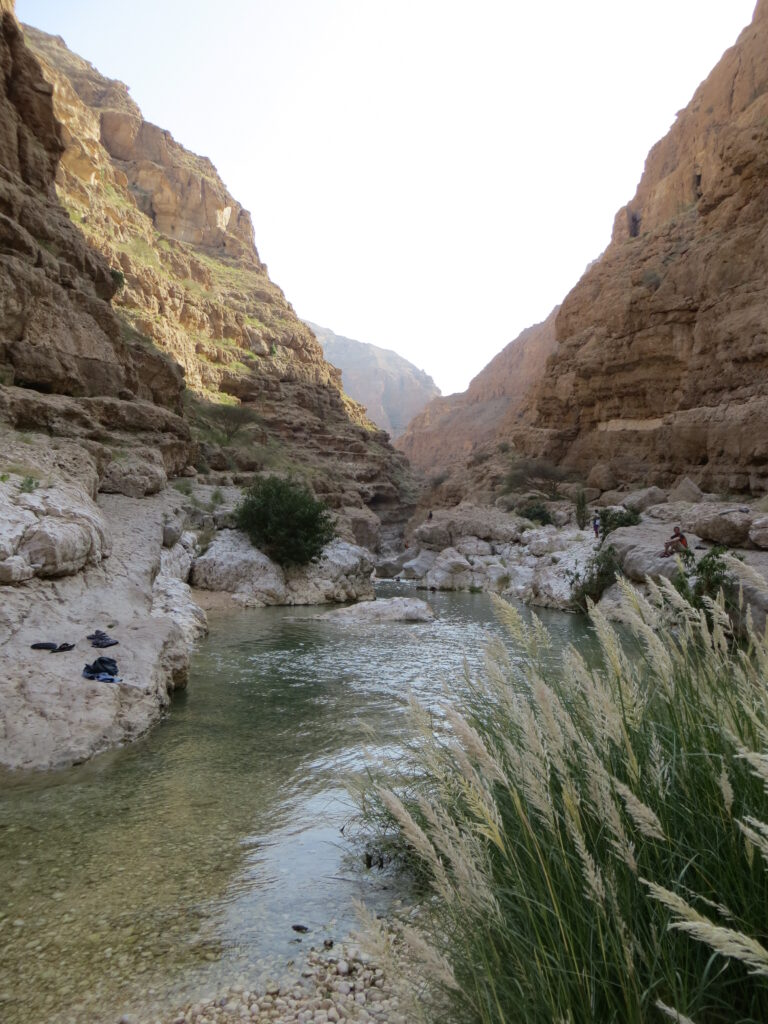
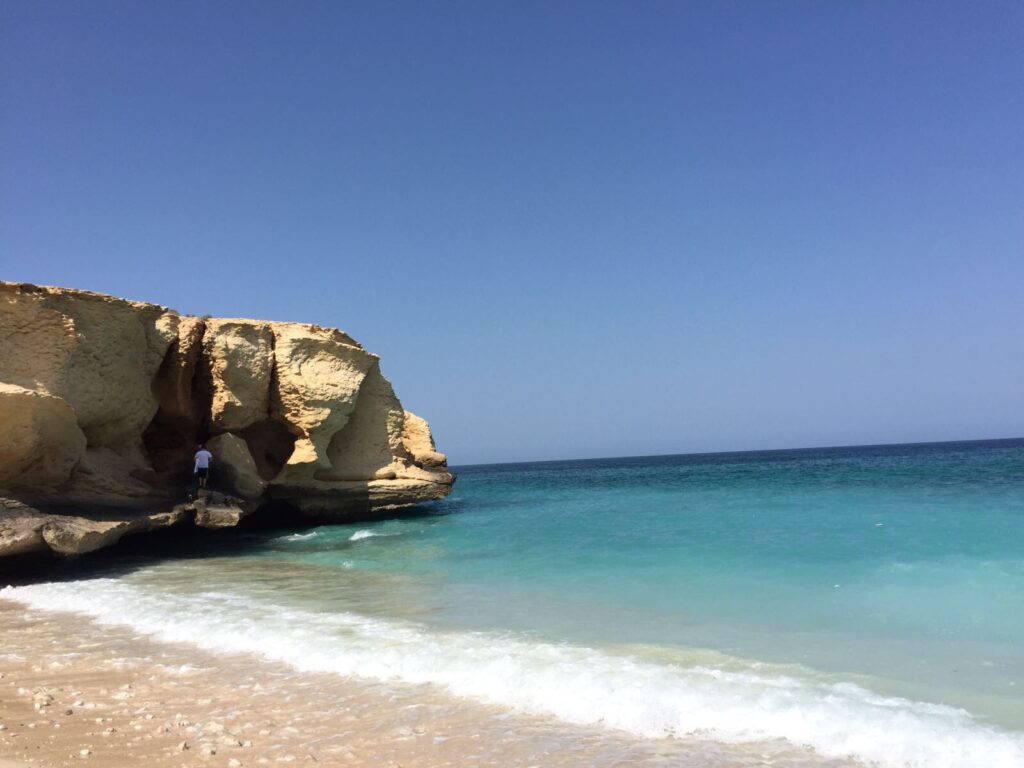
Contact us now for more information on this trip.
